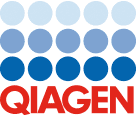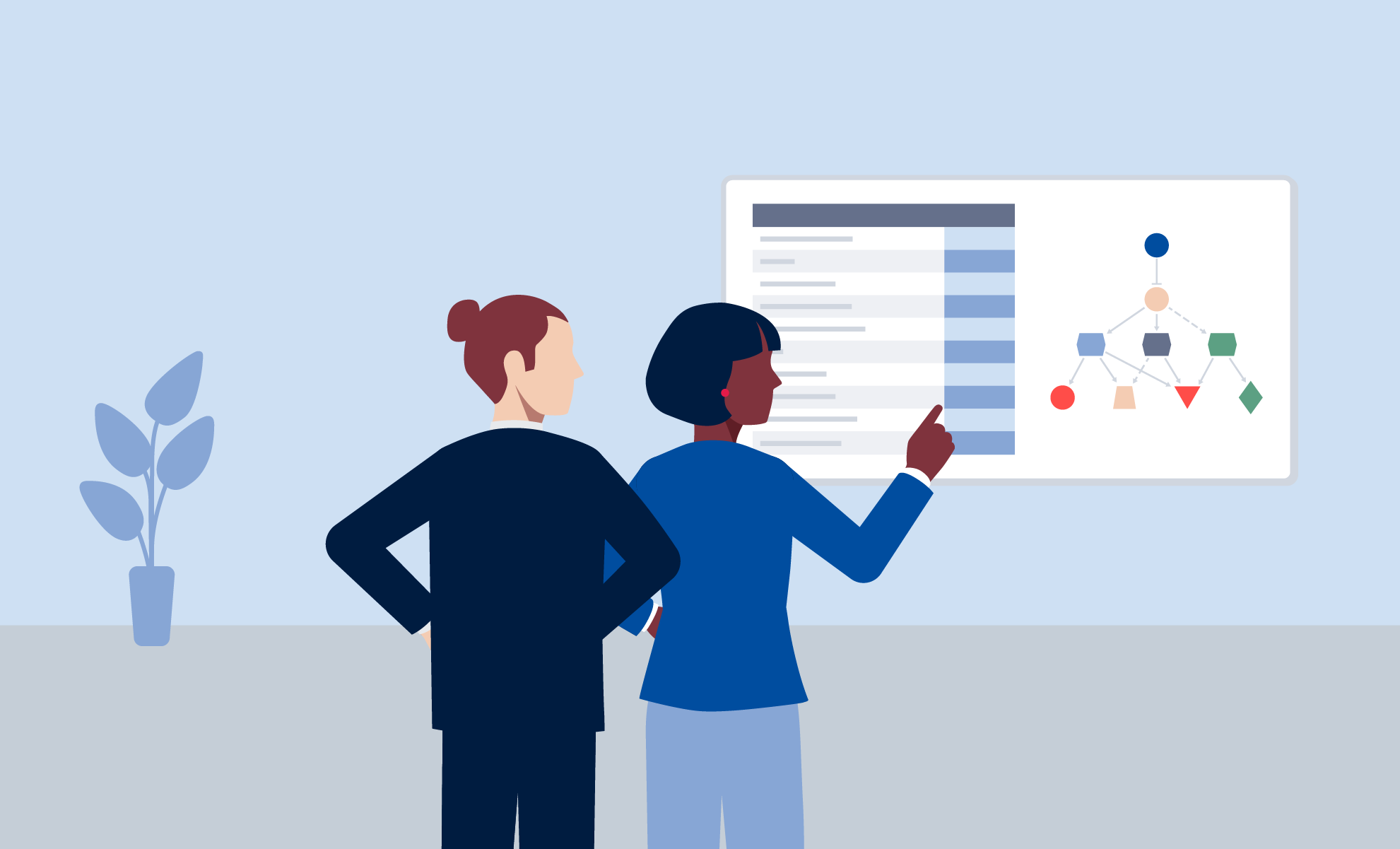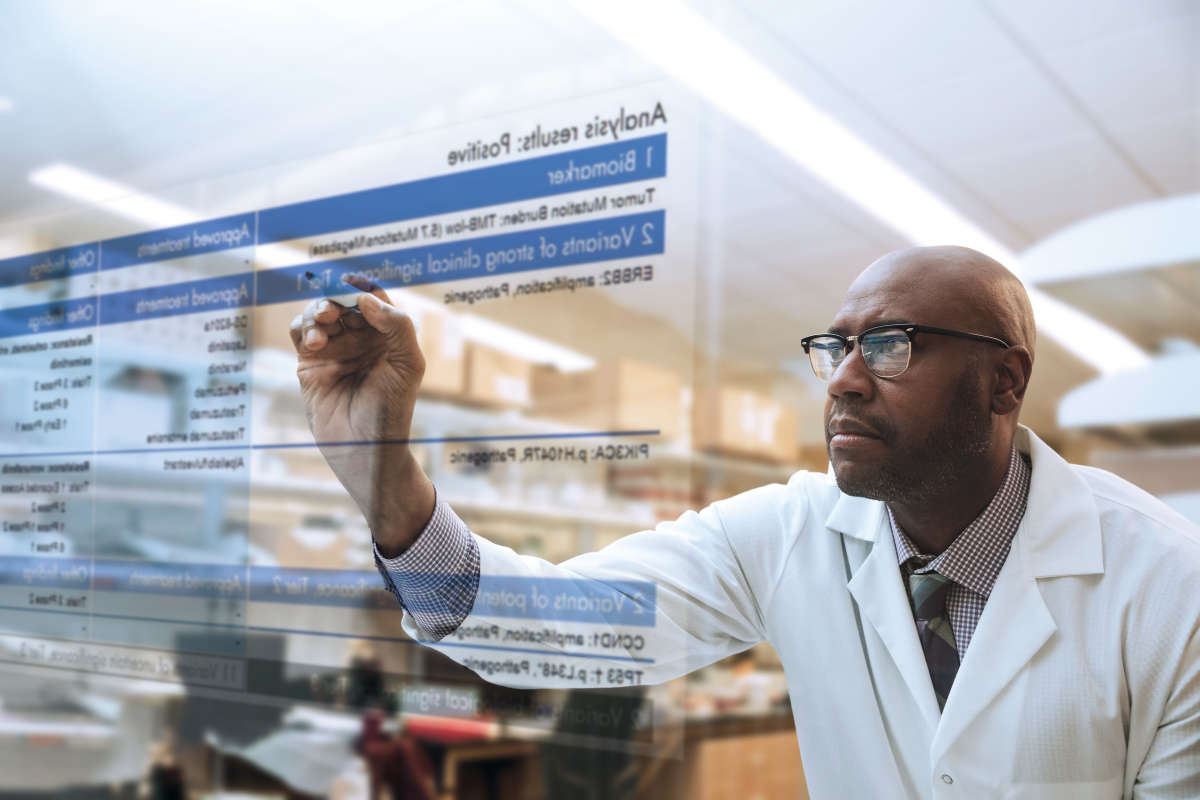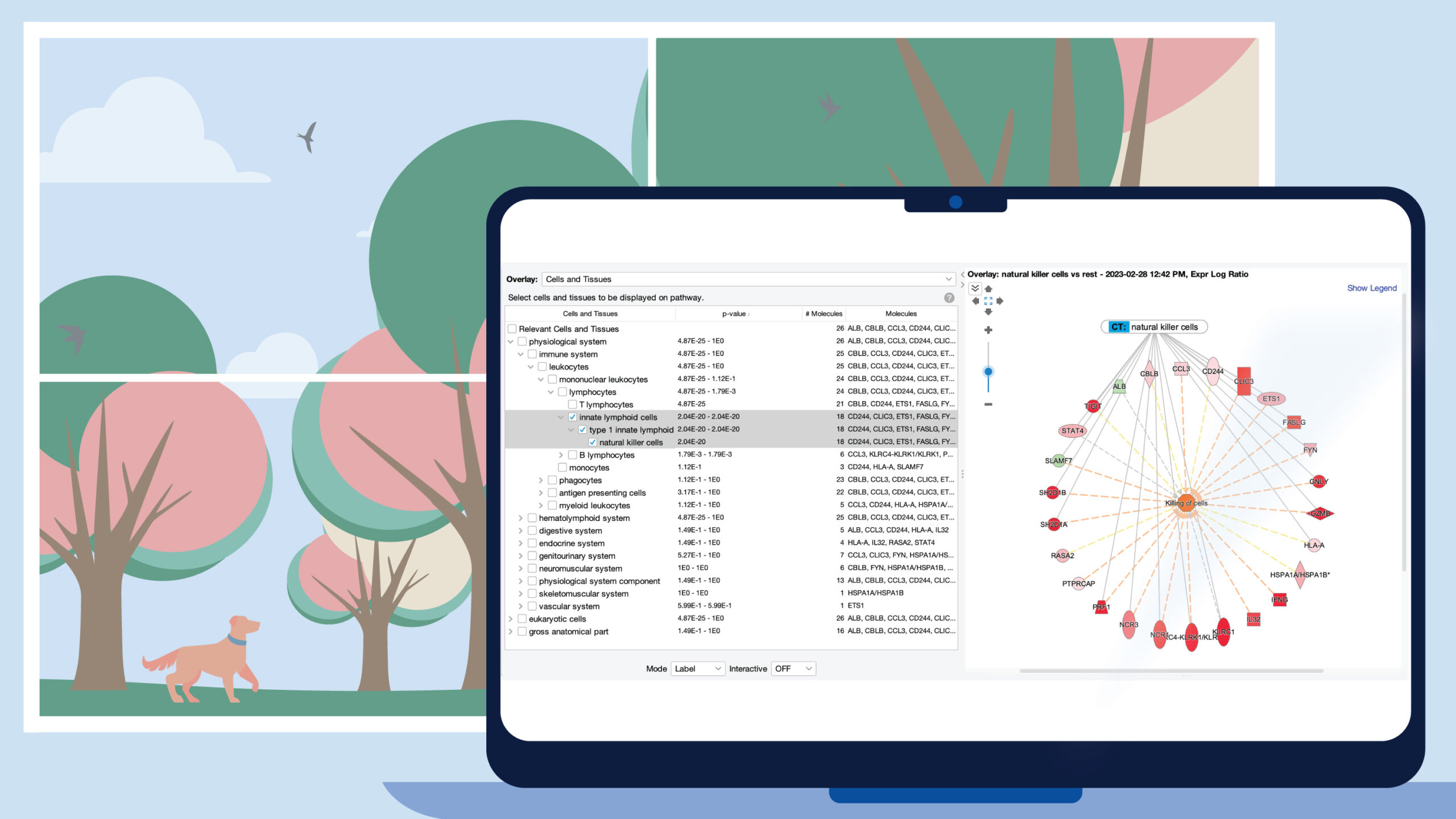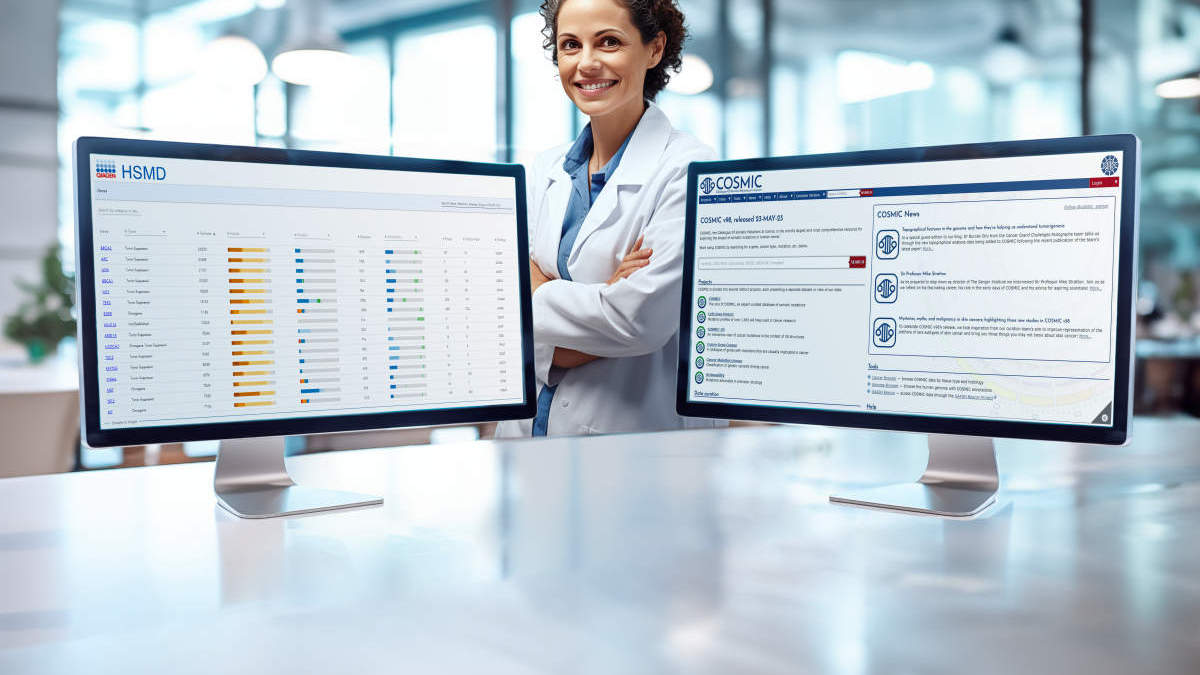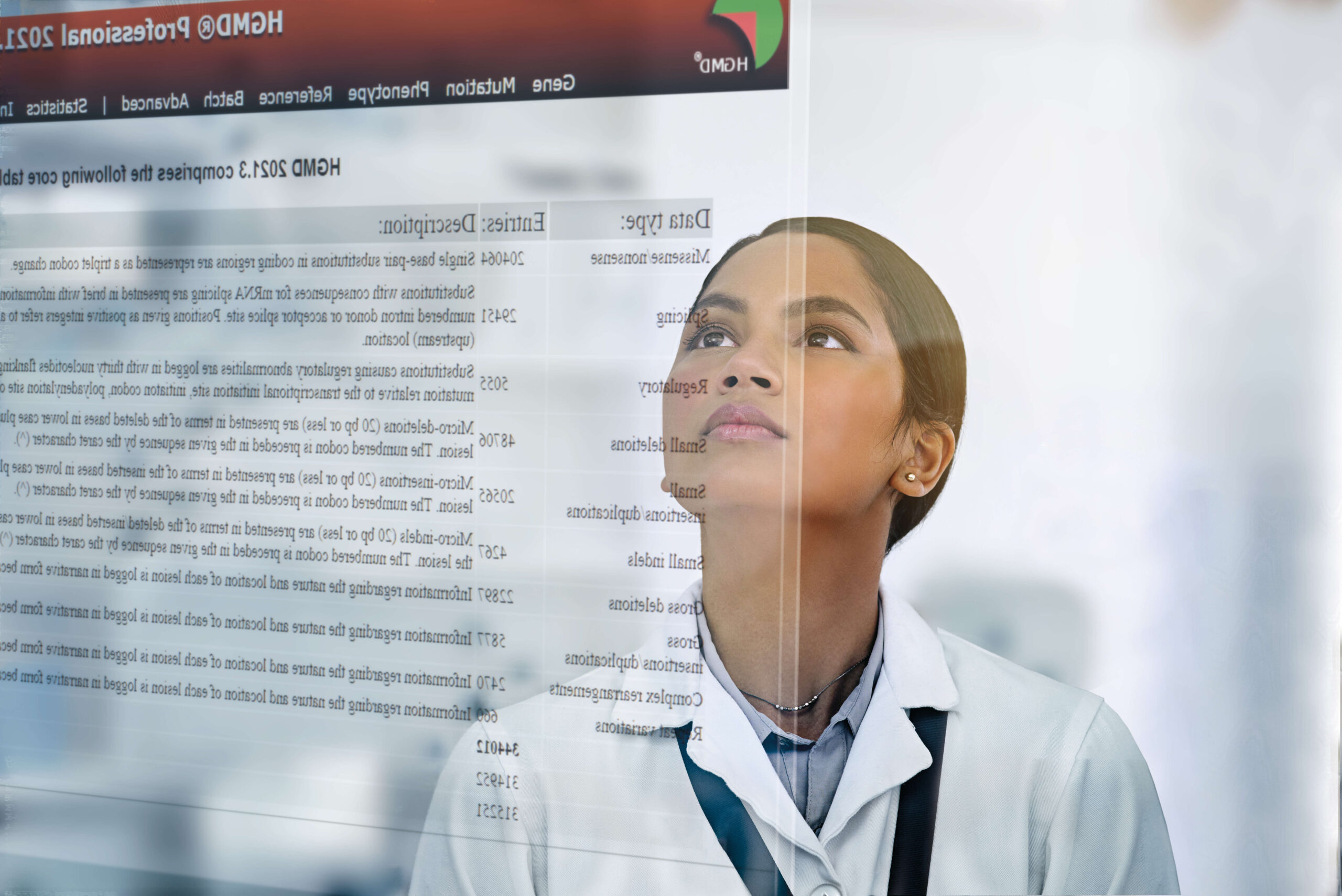Latest improvements for QIAGEN Biomedical Knowledge Base
What’s new in the QIAGEN Biomedical KB-HD 2024.2 release
We continuously develop and improve our software to deliver to you, our customer, maximum value. We’re excited to share with you our latest release of QIAGEN Biomedical KB-HD. It features updated, curated content from the literature and third-party databases. Get step-by-step guidance with refreshed tutorials and enhanced documentation and statistics.
As always, we want to know what we can improve on. Please send us any feature requests or suggestions by sending an email to ts-bioinformatics@qiagen.com.
Content changes
- Revised ortholog gene clusters, resulting in increased relationship resolution. EntrezGene-based orthologs now take precedence over the previous HomoloGene-based clustering, for mammalian species. A small subset of Ingenuity durable IDs related to clusters may change from this release to the next to better align with historical analyses.
- Added aggregated version of Neo4j Graph export
- Removed SqlAlchemy from documentation in preparation for its deprecation
- More detailed information about the content changes can be found in the bkb_statistics.pdf.
Note: This release may impact pre-built analyses/pipelines; please delay updating if you wish to avoid these changes until ready.
Introducing the QIAGEN Biomedical KB-AI 2024.2 release
We are enthused to present to you the first version of QIAGEN Biomedical KB-AI, the most extensive AI-curated knowledge base available. Designed to supplement Biomedical KB-HD, it uses generative AI to capture patterns and identify novel relationships that may be missed by traditional methods.
This release includes:
- TSV bundle of Biomedical KB-AI
- Neo4j graph export of Biomedical KB-AI
- Python and R clients for accessing Biomedical KB-AI through an API
- Table schema description
Version 2024.1 (May 2024)
Content changes
Updated content
New information has been incorporated into the statistics document as part of the Ingenuity Pathway Analysis (IPA) 2024 Spring release, which includes detailed insights into gene variants.
Software and documentation enhancements
Ontology browser
A new tool that is now available for R and Python clients, enabling visual exploration of content ontologies.
R tutorial notebooks
Fresh tutorials have been added to help users navigate through gene and disease exploration.
Name change
Biomedical Knowledge Base is now known as Biomedical KB-HD.
Date column formatting
Date columns in the R client now feature a consistent format.
Content updates
Various data sources have been updated to their most recent versions, including BioGRID, ClinicalTrials.gov, ClinVar, European Medicines Agency (EMA), Gene Ontology (GO), Human Phenotype Ontology (HPO), Mammalian Phenotype Ontology (MPO), Mondo Disease Ontology (MONDO), National Comprehensive Cancer Network (NCCN), National Institute for Health and Care Excellence (NICE), National Cancer Institute Thesaurus (NCIt), PubChem, UniProt, and the US Food and Drug Administration (FDA).
Edge metadata
New membership metadata have been added to the molecule_molecule_relationships.tsv file, enhancing over 132,000 edges.
Other updates
API Access
For customers with a full subscription to Biomedical KB-HD, API access is included. Please visit your MyQDI portal for more information.
Pathway Knowledge Base (PKB) update
PKB products will be discontinued starting with the 2024.4 release. All PKB data is accessible via Biomedical KB-HD, available through the MyQDI portal.
Version 2023.2.1 (September 2023)
The new release introduces support for the QIAGEN Biomedical Knowledge Base (QIAGEN BKB) API, enabling the submission of queries to the QIAGEN-hosted query service using Python or R clients, as well as a REST API.
Software and documentation changes
- Added support for the QIAGEN BKB API query service connections in Python and R clients
- Introduced query function in R and Python clients as a main interface for query submission
- Introduced remaining_limit function on Python and R clients that returns information on the remaining query size quota associated with your QIAGEN BKB API license
- Updated tutorial notebooks to use QIAGEN BKB API for query execution wherever possible
- Fixed links in QIAGEN BKB schema diagram on the Schema & Data Dictionary page
- Adjusted query examples page to include QIAGEN BKB API-specific examples for recursive ontology queries
- Moved ontology functions to the knowledge base object and added deprecation notice to the old ontology functions
- Changed behavior of ontology_get_parents and ontology_get_children functions to return indirect parents and children as a direct link
- Expanded existing documentation with a section on QIAGEN BKB API service and REST API
- Expanded causal reasoning notebook with extra statistics and graphs
- Added support for SQLAlchemy version 2
Software changes
- Extended causal reasoning notebooks provide more graphics.
- Minor corrections have been made to tutorial notebooks and R library documentation.
- The multi_valued property of the synonym attribute of variation_type_metadata is now set correctly.
- The variation_type_metadata_pivot view now includes all related synonym values.
Version 2023.1
Content changes
- Added nearly half a million relationships compared to the previous version of QIAGEN Biomedical Knowledge Base. This includes more than 100,000 findings from ClinicalTrials.gov and more than 150,000 findings added from ClinVar
- For more detailed changes, please visit the document ‘bkb_statistics.pdf’ via your MyQDI portal
- This new curated content in QIAGEN Biomedical Knowledge Base matches the 2023 March (Spring) release content for QIAGEN Ingenuity Pathway Analysis
Software changes
- Added new indeces to the SQLite database for faster common queries
- Improved the Neo4j export functionality, so it now supports the neo4j engine 5
Version 2022.4
Content changes
Updated the curated content to match the QIAGEN Ingenuity Pathway Analysis (IPA) 2022 December (Winter) release content:
- Added more than 1M Ingenuity Expert Findings to the findings_metadata table
- Added more than 200K Ingenuity-supported third-party information findings to the findings_metadata table
- Updated several integrated third-party sources to newer versions, including BioGRID, CDD, ClinVar, ClinicalTrials.gov, Gene Ontology, IntAct, and NCI Thesaurus
Software and documentation changes
- The functionality for causal analysis is now also available for R. For an example of how to use this, see the ‘Causal Reasoning (R)’ R Studio notebook
- You can now find detailed statistics for the changes of entities and relationships between versions in the bkb_statistics.pdf document
- The R documentation is now better organized when shown in, e.g., R Studio
Version 2022.3
Content changes
- The curated content has been updated to match the IPA 2022 October (Fall) release content
- A new biomarker_disease_drug table has been added. This table describes interactions between biomarker molecules and diseases with or without a drug context for the interaction
- An issue regarding the gene_cell_line_location, gene_tissue_primary_cell_location, gene_biofluid_location, gene_subcellular_location tables has been fixed. Previously, these tables included experimental observations stating a gene was not observed in the specified location. This observation was only evident from the natural_language_string in the finding_metadata table. These relations have been removed
- The molecule_disease_and_function_relationships_aggregated_findings, molecule_molecule_relationships_aggregated_findings and pathway_relationships_aggregated_findings tables have been renamed as follows: molecule_disease_and_function_relationships_aggregated_relationships, molecule_molecule_relationships_aggregated_relationships and pathway_relationships_aggregated_relationships. These tables now refer to relationship_ids instead of finding_ids.
- Additional mappings of entities to Mondo Disease Ontology (MONDO), Experimental Factor Ontology (EFO) and Human Phenotype Ontology (HPO) have been included
Software changes
- New Python functions for causal analysis have been added. For an example of how to use these, see the “Causal Reasoning (Python)” Jupyter Notebook
- New R and Python functions are available for visualizing pathways and genes in IPA. For an example of how to use these, see the IPA integration section on the Example Queries web page
- Neo4j export has been updated to include new content
Version 2022.2.2
Content changes
- The curated content has been updated to match the IPA 2022 July (Summer) Q2 release content
- New tables have been added for biofluids, cell lines, subcellular location, tissue, primary cell and tox lists: biofluid_metadata, biofluid_ontology, cell_line_metadata, cell_line_ontology, gene_biofluid_location, gene_cell_line_location, gene_subcellular_location, gene_tissue_primary_cell_location, subcellular_location_metadata, subcellular_location_ontology, tissue_primary_cell_metadata, tissue_primary_cell_ontology, gene_toxlist, toxlist_metadata, variation_type_metadata, variation_type_ontology
- The gene_molecular_function and pathway_node tables now have a different column structure, corresponding to the structure of the existing relationship tables
- The pathway tables now include metabolic pathways
- The drug_target_disease_relationships table now includes target_high_level_id and target_high_level_name columns. The table also now includes additional drug-target and drug-disease relationships for which a full drug-target-disease relationship does not exist
Software changes
- New example notebooks have been added: GSEA (R), GSEA (Python), Explore a Disease and Explore a Gene
- New convenience functions for mapping external IDs to QIAGEN IDs (Python, R) have been added. For an example of how to use these, see the new GSEA notebooks
- New convenience functions for extracting gene sets from pathways, diseases and functions (Python, R) have been added. For an example of how to use these, see the new GSEA notebooks
- An issue with Neo4j graph export in which relations of the drug_target_disease type were duplicated for each clinical trial sponsor has been fixed
Version 2022.2.1
Content changes
- New aggregated tables for pathway_relationships have been added: pathway_relationships_aggregated, pathway_relationships_aggregated_findings
- An issue with molecule_molecule_relationships in which some locations had “shadow filter” labels has been fixed
- Minor fixes and updates were made to finding_metadata; most notably the source column now refers to the source from which the content was directly acquired
- An issue with pathway_relationships in which some relationship_type entries would be missing from the table has been fixed
Software changes
- R Package error handling when the SQLite database file cannot be found has been improved: instead of creating an empty file, an error message is displayed
- An issue with Neo4j export in which the drug_target_disease.trial_sponsor property name was suffixed by another column name has been fixed
Version 2022.2.0
First release.

